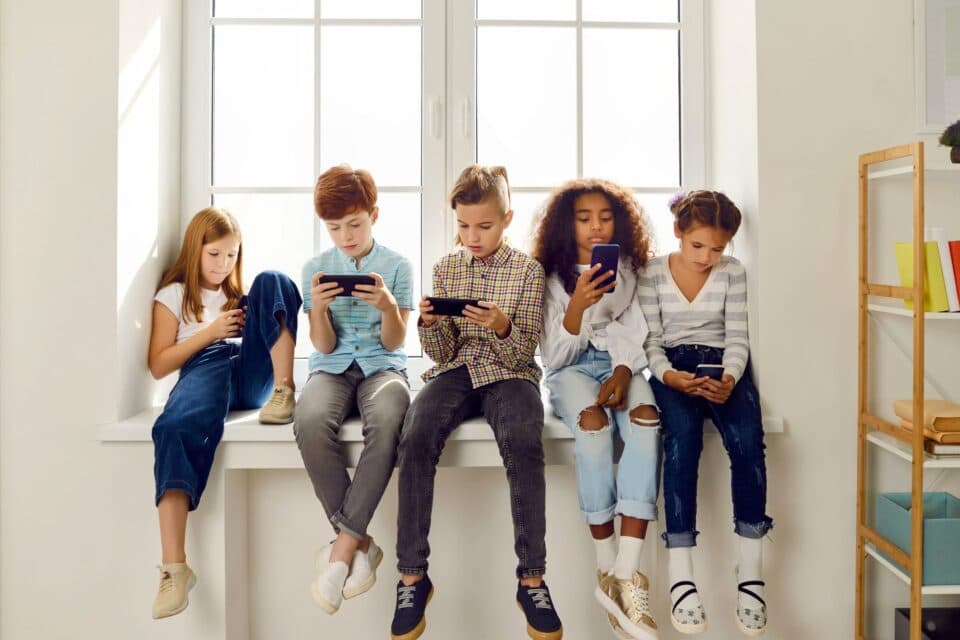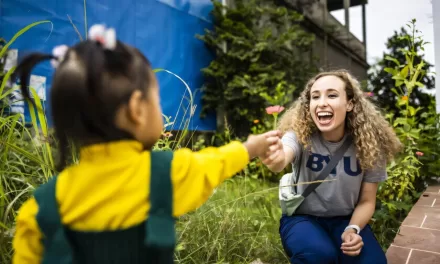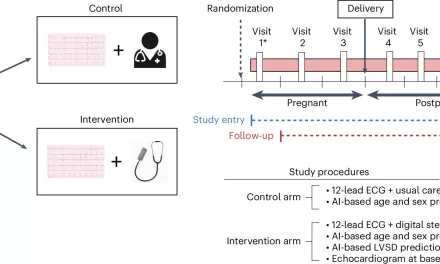November 2024 – Myopia, or shortsightedness, is increasingly affecting children around the world, with studies showing alarming rates of the condition. Up to 35% of children globally already have myopia, and experts predict that number will grow to 40% by 2050—affecting more than 740 million children.
While many people associate glasses with a cosmetic or comfort issue, myopia is far more than that. If left untreated, the condition can progress rapidly and increase the risk of serious, irreversible eye diseases later in life. As the prevalence of myopia continues to rise, particularly among adolescents, understanding its causes, consequences, and treatment options has never been more important.
What is Myopia?
Myopia, commonly referred to as nearsightedness or shortsightedness, is a refractive error that causes distant objects to appear blurry. It occurs when the eyeball grows too long, causing light entering the eye to focus incorrectly on the retina, the light-sensitive tissue at the back of the eye. This results in a blurry image.
Typically, the condition develops during childhood and can worsen as the eyes grow. The most significant factor in managing myopia is controlling the growth of the eye to achieve normal vision.
Rising Rates of Myopia in Children
A recent comprehensive study of over 5.4 million children and adolescents from 50 countries across six continents found that approximately one in three children worldwide is affected by myopia. This number is expected to climb, with the study predicting that more than 50% of adolescents aged 13-19 will experience myopia by 2050. The trend is particularly concerning in regions like Australia and New Zealand, where myopia is predicted to affect half of the population by mid-century.
The rise in childhood myopia parallels a global shift in lifestyles, with more time spent indoors and greater reliance on screens.
What Causes Myopia?
While genetics play a major role in myopia—children of myopic parents are at higher risk—environmental factors also contribute significantly. One of the most prominent environmental factors is the increasing amount of time children spend in front of screens. As screens have gotten smaller, children tend to hold them closer, leading to prolonged near-vision activity, which has long been linked to the development of myopia.
Although reducing screen time can help alleviate eye strain, experts agree that simply limiting screen time may not be enough to halt the progression of myopia.
Time Outdoors: A Natural Remedy?
A growing body of research points to the benefits of outdoor activities in slowing the onset of myopia. Studies have found that spending one to two hours outside daily can reduce the risk of developing myopia in children. While the exact mechanism is still unclear, researchers speculate that exposure to natural sunlight triggers the release of dopamine, a chemical that helps slow the growth of the eyeball.
Though time outdoors is beneficial, it may have a more limited effect once myopia has already developed.
Effective Treatments for Myopia
When it comes to myopia treatment, early intervention is key. While corrective lenses such as glasses and contact lenses can help children see clearly, they do not slow the progression of myopia. Fortunately, optometrists have access to several tools designed to control the condition and prevent its worsening:
- Orthokeratology (“Ortho-K”): This treatment uses special hard contact lenses that reshape the eye overnight, improving vision during the day without the need for glasses. However, they must be cleaned and stored properly to avoid infections.
- Atropine Eyedrops: Studies have shown that atropine, when used in low doses, can slow the progression of myopia. These drops are easy to administer and come with minimal side effects, offering a promising option for managing myopia without the risks associated with contact lenses.
Long-Term Risks of Myopia
While myopia is generally easy to manage with corrective lenses, those with high myopia (severe shortsightedness) face a higher risk of developing serious eye conditions later in life, including:
- Retinal Detachment: A condition where the retina tears away from the back of the eye, potentially leading to permanent vision loss.
- Glaucoma: Damage to the optic nerve, which can result in gradual vision loss.
- Myopic Maculopathy: A condition where the stretching of the retina in high myopia leads to tissue degeneration, breaks, and even bleeding.
For children with high myopia, it is crucial to seek treatment early to reduce the likelihood of these severe complications.
What Parents Can Do
The key to managing myopia in children is early diagnosis and treatment. Parents should be aware of signs that their child may be developing myopia, such as squinting to see distant objects or bringing objects like books and screens closer to their face. Regular eye exams with an optometrist are the best way to monitor and manage eye health.
If myopia is diagnosed, optometrists can recommend tailored treatment plans, which may include corrective lenses, time outdoors, or more advanced options like orthokeratology or atropine eyedrops.
Conclusion
With myopia on the rise, it’s more important than ever for parents to be vigilant about their children’s eye health. While lifestyle changes such as reducing screen time and spending more time outdoors can help, early detection and intervention remain the best strategies to prevent long-term damage. Regular eye exams and discussions with an optometrist can help ensure that your child’s eyes stay healthy for years to come.












